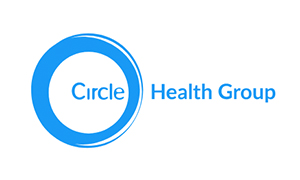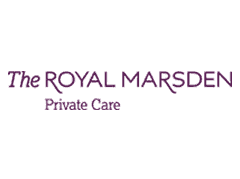In 2025, the lines between SEO and content marketing are more blurred than ever. Brands often ask whether they’re two separate disciplines, or just different sides of the same coin.
The short answer? They’re distinct, but inseparable.
At ExtraDigital, we’ve always championed a content-first approach to SEO. Long before Google’s Helpful Content updates or the rise of AI-generated copy, we understood that ranking well means delivering value to humans first – not just search engines.
But while content drives visibility, it’s strategy and structure that ensure results. Which is why SEO, content marketing, and the tools used to execute them must all work together, not in silos.
How SEO and Content Marketing Support Each Other
Think of SEO as the engine and content marketing as the fuel. SEO provides the structure, data and technical groundwork, while content brings purpose, relevance and reach.

Yet too often, businesses split these functions into separate teams or priorities – resulting in underperforming campaigns, missed opportunities, and fragmented messaging.
To succeed in today’s search landscape:
- Your content must be optimised from the moment it’s written.
- Your SEO must align with search intent and user experience.
- And your marketing team must collaborate – from strategy through to publishing.
This alignment doesn’t just improve rankings. It drives more qualified traffic, increases engagement and supports lead generation.
Technology Shouldn’t Be the Barrier to Great Marketing

No matter how talented your marketing or SEO team is, the wrong CMS (Content Management System) can hold them back. Your platform should empower strategy, not restrict it.
Unfortunately, too many systems still make it difficult to control fundamental aspects of SEO, such as:
- Meta data
- URL structure
- Schema markup
- Internal linking
- Image optimisation
- Canonical tags
These aren’t optional extras. They’re the essentials of modern search visibility and content performance.
When evaluating a CMS, look for one that:
- Provides full control over technical SEO elements without requiring developer intervention.
- Supports customisable URLs and page structures so your content can be optimised for both search engines and users.
- Includes built-in SEO checks or integrations to reduce errors before publishing.
- Makes content management efficient with features like drag-and-drop editing, flexible templates, and scalable publishing workflows.
The right CMS should reduce friction between strategy and execution. Whether you’re publishing a blog, updating product pages, or managing large content libraries, your platform should help content perform, not just exist.
Integrating SEO and Content for Maximum Impact
To compete in 2025, your content and SEO teams need to be aligned from day one. Here’s how:
- Write for humans, optimise for search: Start with clear, valuable content, then refine with data and structure.
- Use real search intent: Map every piece to a user query or need, not just a keyword.
- Optimise before you publish: Metadata, headings, image alt tags and internal links should be finalised at the draft stage.
- Measure performance: Track rankings, traffic, engagement and conversion. not just clicks.
Smart strategy beats volume. One well-optimised page can outperform ten rushed ones.
Final Thoughts
It’s Not Either/Or – It’s Both
SEO and content marketing aren’t competing priorities, they’re complementary forces. When executed together, they drive visibility, authority and results.
Whether you’re launching a new campaign or overhauling your site, success depends on the integration of strategy, structure and storytelling.
Need Help Connecting the Dots?
We help brands align their content and SEO for real business growth, not just rankings.
Talk to our team about building a smarter content strategy or see how we can help support your goals.











